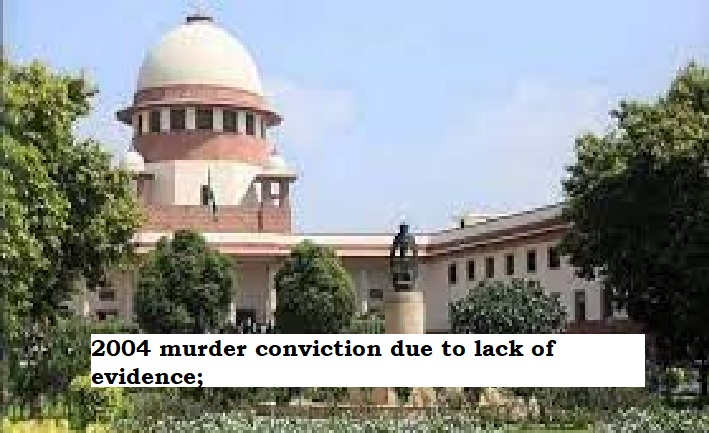


The Supreme Court, in a recent judgment, emphasized the critical role of circumspection by courts when dealing with cases relying solely on circumstantial evidence. The bench, in the process of overturning concurrent findings of the High Court and the Trial Court against an individual charged under Section 302 read with Section 34 of the Indian Penal Code, 1860, underscored the necessity for consistency and a lack of doubts, improbabilities, and inconsistencies in proving guilt based on circumstantial evidence.
The court expressed its concern, stating, "There is a yawning gap between the charge against the Appellant and the evidence that the prosecution has adduced." It pointed out that the circumstances presented did not establish the guilt of the accused; instead, they raised doubts, improbabilities, and inconsistencies. This observation served as the basis for the court's decision to set aside the conviction.
The appeal before the Supreme Court involved a murder case where the accused was tried and convicted for the murder of a deceased individual under Sections 302 and 34 of the IPC. The High Court, in its judgment, had dismissed the appeal, affirming the conviction and sentence imposed by the Trial Court.
According to the prosecution's narrative, the deceased left his shop on a motorcycle around 09:30 PM to go to a market. When he did not return home that night, the wife informed the complainant, triggering a search. The complainant, accompanied by another witness, eventually received information about a dead body. Upon reaching the location, they discovered the deceased with a knotted cloth around his throat and a severely injured right eye. The police were informed, and an F.I.R. was registered, followed by the recording of witness statements.
The court highlighted the lack of eyewitnesses in the case and the reliance on circumstantial evidence. The Trial Court, while recognizing this, based its decision on the evidence of specific witnesses and certain recoveries, including the FSL report. However, the Supreme Court noted its dissatisfaction with the Trial Court's approach and its reliance on the evidence of PW-10, PW-11, and PW-12.
The High Court's findings were also criticized for accepting the defense's submission about the unreliability of PW-10's evidence without a detailed examination. The court pointed out that the High Court proceeded to confirm the conviction based on the statements of PW-11 and PW-12, neglecting the scrutiny of PW-10's testimony.
In an independent examination of the evidence, the Supreme Court expressed reservations about the reliability of PW-10, concluding that this witness was not trustworthy. It criticized both the Trial Court and the High Court for relying solely on the statements of PW-11 and PW-12 to convict and sentence the appellant.
Moreover, the court scrutinized the FSL report, highlighting discrepancies between the type of pant mentioned in the report and the one recovered from the appellant. It emphasized that the blood-related evidence presented in the report did not conclusively indicate guilt, especially considering the absence of independent witnesses during recoveries. The investigating officer's admission that he did not involve any private individuals during the recoveries further undermined the credibility of the prosecution's case.
In conclusion, the Supreme Court's decision underscored the importance of rigorous scrutiny in cases based on circumstantial evidence, emphasizing the need for consistency and the absence of doubts, improbabilities, and inconsistencies. The judgment highlighted shortcomings in the lower courts' assessments, leading to the overturning of the conviction in the 2004 murder case.
TAGS: Section 302 Section 34 IPC High Court Trial Court Yawning gap Guilt Inconsistencies